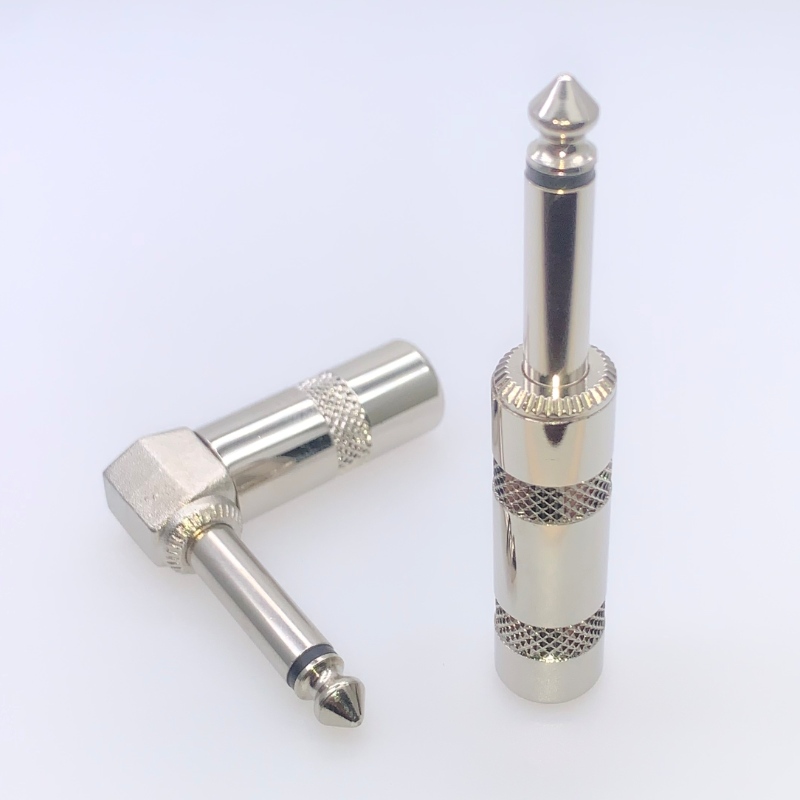For some practitioners who have just started to contact the connector industry, it is very likely that they cannot distinguish between connectors, connectors, and terminals. There are big differences between the three in terms of concepts, scope of attribution, and practical application. Explain the differences between the three:
1. Distinguish the difference between "connector", "connector" and "terminal" from the concept
1. Connectors are a large category. They are called connectors, plugs and sockets in China. They are a kind of components that electronic engineering and technical personnel often touch. Most of them refer to electrical connectors, which connect two electronic products with components. To transmit current or signal.
2. The connector is a positioning connector for connecting electronic circuits. It is composed of two parts, the connector and the connector, which can be completely separated under normal conditions, so the connector can also be called a connector.
3. The terminal block is an accessory product used to realize electrical connection. It is used to facilitate the connection of wires. It is actually a piece of metal sealed in insulating plastic, with holes at both ends for inserting wires. Terminals can be divided into plug-in terminals and European-style terminals.
2. Distinguish the difference between "connector", "connector" and "terminal" from the scope of attribution
1. "Connector=Connector" is the first category, and the terminal block is only one type of product in the "connector" category. The connector is the connection between the line and the line; the connector is the connection between the line and the board. In our actual life, people often vaguely refer to the same type of product. To
2. In the electrician or electrical field: connectors and connectors are the same type of products. Popularly understood as the kind of electronic components that can be quickly connected by plugging or screwing one end of the male connector and the female connector without using tools. Terminals are commonly understood as electronic products that require certain tools, such as screwdrivers and cold press pliers, to connect two connection points together. They are generally used for power input and output.
3. The terminal is a part of the connector, and the connector is a general term. In fact, the connectors we commonly see usually include two parts: housing and terminal. The plastic shell is generally plastic, which plays a protective role; the terminal is generally metal, which plays the role of conducting the two ends of the product. To
3. Distinguish the difference between "connectors", "connectors" and "terminals" from practical applications
1. Electrical connector is abbreviated as connector, also called connector, which is a subdivision of electronic components, mainly used in the connection between circuits. In the current electronic industry production, the line connection of the connector can be said to be ubiquitous, so the scope of use of the connector is very wide, and it can be indirectly applied in various industries.
2. There are many types of connectors, such as rectangular connectors, circular connectors, stepped connectors, etc. in shape. The terminal block is a kind of connector, which is generally a rectangular connector, and the use range of the terminal block is relatively single. It is generally used in the field of electronic and electrical, used for internal and external wiring of PCB circuit boards, printed boards and power distribution cabinets . To
3. The use of terminal blocks is increasing, and the types are also increasing. At present, in addition to PCB board terminals, hardware terminals, nut terminals, spring terminals, etc. are the most widely used. In the electric power industry, there are special terminal blocks, terminal boxes, and all terminals on them, single-layer, double-layer, current, voltage, and so on. ...
In general, the electronic components of "connectors", "connectors", and "terminals" are different application forms belonging to the same concept, and are based on different application industries, application products, and application locations. Popularly called various different names.
